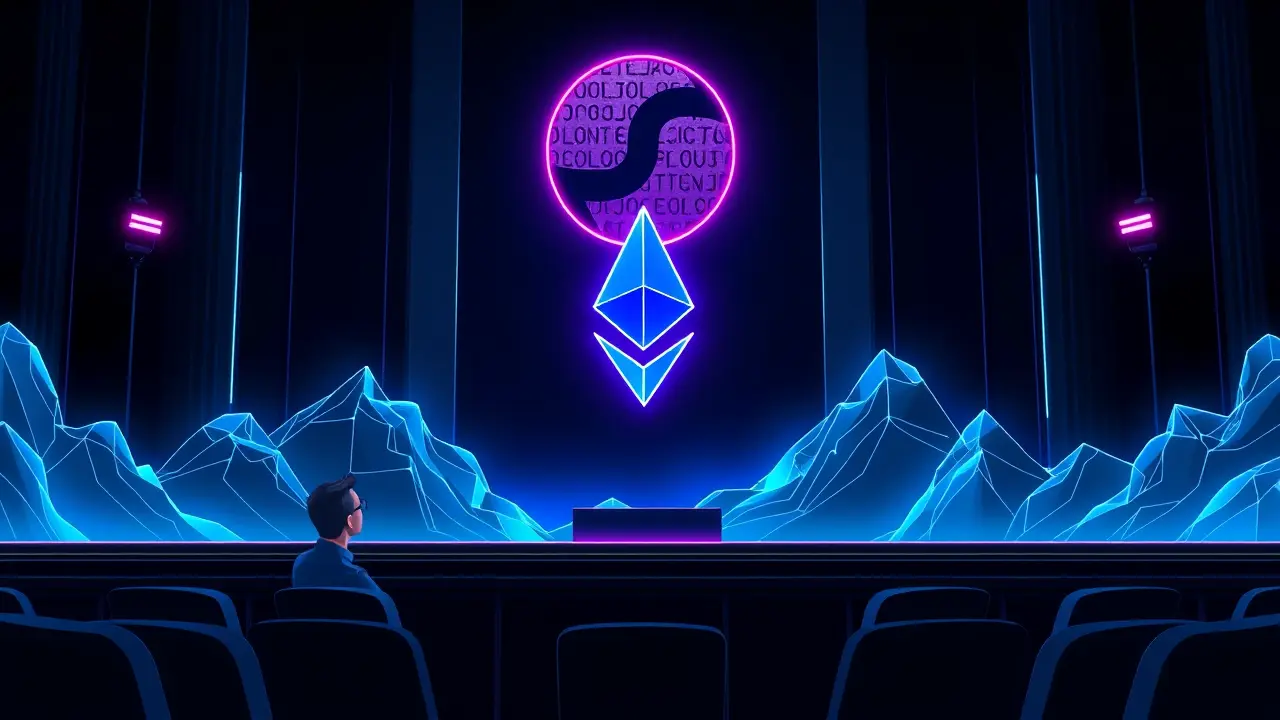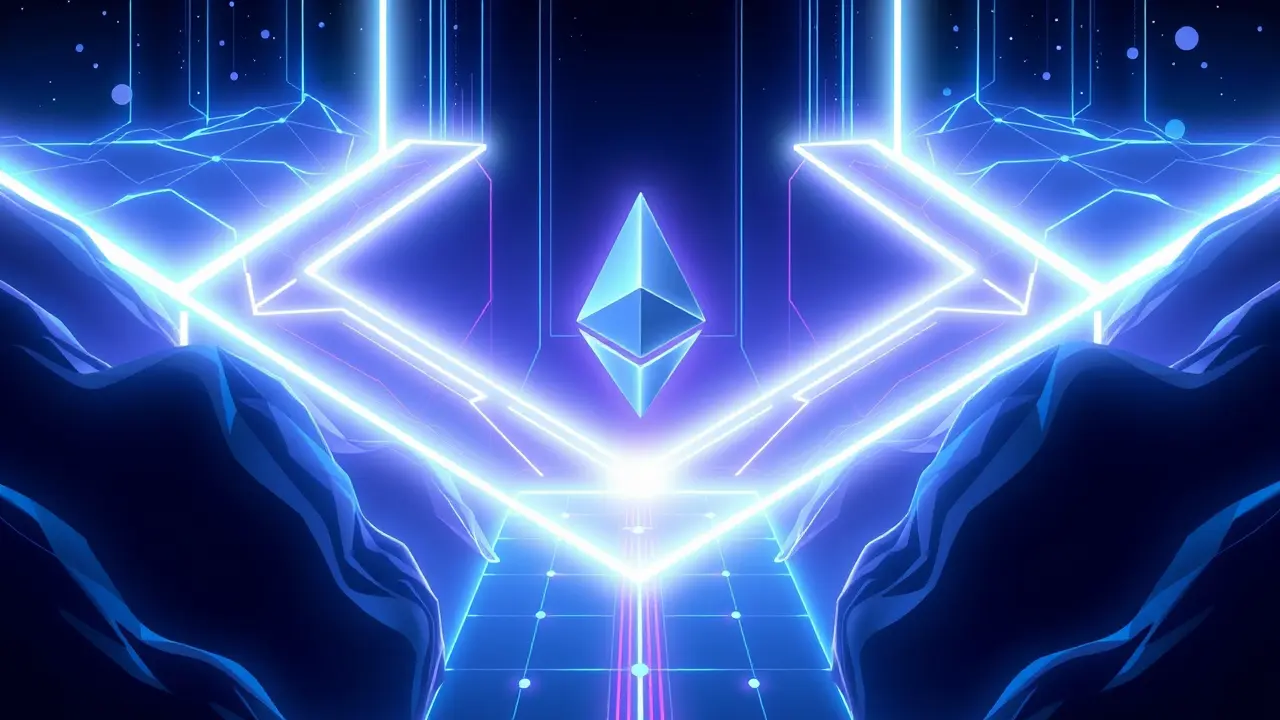
CryptoethereumETH 2.0 and Staking
Ethereum validator queue grows with 1.5 million ETH waiting to start staking
AL
Alice Morgan
5 hours ago7 min read1 comments
The Ethereum beacon chain is witnessing a significant capital influx, with a formidable queue of over 1. 5 million ETH—valued at billions of dollars—now patiently waiting in the validator entry line.This isn't merely a statistic; it's a powerful signal of deepening institutional conviction in the Ethereum ecosystem's long-term viability. We've moved past the speculative frenzy of previous cycles into an era where sophisticated players are willing to lock up substantial capital for extended periods, drawn by the foundational yield of staking rewards.This growing validator queue acts as a natural, algorithmic throttle, a built-in mechanism designed by Ethereum's core developers to ensure network stability during periods of intense demand. Each new validator requires a 32 ETH stake, and the protocol deliberately limits how many can join the consensus process each day, creating this visible backlog.This phenomenon is a direct consequence of The Merge's successful transition to Proof-of-Stake, which transformed ETH from a mere asset into a productive, yield-generating one, akin to a digital bond. The narrative is shifting from pure price appreciation to a more mature financial model built on cash flow and network security.We're seeing traditional finance (TradFi) entities, from asset managers to family offices, finally getting comfortable with the technical and regulatory contours of staking, no longer viewing it as an esoteric practice but as a fundamental component of a digital asset strategy. This comfort is fueled by the burgeoning ecosystem of liquid staking tokens (LSTs) like Lido's stETH and Rocket Pool's rETH, which provide a workaround for the liquidity problem inherent in locked stakes, and by the clearer regulatory pathway post-approvals of Bitcoin ETFs, which many see as a precursor for similar Ethereum products.The implications are profound: this locked ETH reduces the liquid supply on exchanges, potentially creating a structural supply shock that could underpin prices, while simultaneously decentralizing the network further by distributing validation duties. However, it's not without its challenges; a highly concentrated staking market or the potential for centralization through LSTs remains a critical topic of debate within DAO governance forums.The sheer scale of capital now committed to securing the network underscores a collective bet on Ethereum's future—not just as a platform for decentralized applications but as the bedrock of a new, open global financial system, a vision that its creator, Vitalik Buterin, has long championed. This is no longer a testnet experiment; it's the mainnet reality of a multi-trillion-dollar asset class coming of age.
#featured
#ethereum
#staking
#validators
#queue
#institutional adoption
#proof-of-stake
Stay Informed. Act Smarter.
Get weekly highlights, major headlines, and expert insights — then put your knowledge to work in our live prediction markets.
Related News
© 2025 Outpoll Service LTD. All rights reserved.







